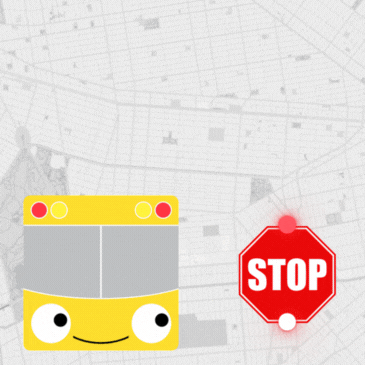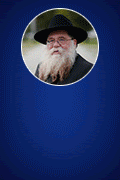
The Silent Majority
The New York protest Tuesday against Israel’s plan to leave Gaza was surprisingly small. Yet the street voice of the reported Jewish majority has been even smaller.
The reasons are many, say dovish activists and establishment centrists who back Israel’s plan, why their camp has not staged any demonstrations here supporting Israel’s pullout while those opposed to it have now staged three; that includes a rally and concert after the Salute to Israel parade las month.
They include ambivalence within dovish ranks about the unilateral nature of Israeli Prime Minister Ariel Sharon’s plan to withdraw from Gaza, with little coordination or consultation, so far, with the Palestinians. Some also fear he will use the Gaza withdrawal to justify freezing the peace process when it comes to the West Bank which, like Gaza, Israel has occupied since the 1967 War. Yet others cited a broader disengagement by many Jews from Israel altogether.
But more than anything, these activists say, they are not marching because they don’t need to. However difficult, the pullout is inevitable, they say. And American support for it is massive.
“In general, folks tend to take to the streets when they’re against something a powerful institution is doing,” explained Rabbi Arthur Waskow, director of the Shalom Center in Philadelphia. “If the government already supports what you support, that’s not when people think about going to the streets.”
“The realities are clear,” added Rabbi Eric Yoffie, president of the Union for Reform Judaism, one the largest groups strongly backing the plan. “We know where the administration stands. We know where Congress stands. And no one in his right mind has a basis to claim polls show anything but majority support” for Sharon’s plan.
Still, in the run-up to this week’s Times Square protest — part of a group of same-day protests in Israel and cities around the world against the Gaza disengagement — some doves voiced concern that their complacency might give the broader public a distorted picture.
“It does project an image that we’re more divided than we are,” said M.J. Rosenberg, director of policy analysis at Israel Policy Forum, a group of mostly establishment doves that backs the disengagement. “This kind of demonstration, plus the kind of rhetoric the protesters use, make the Jewish community look like it’s divided, with one camp hating the other.
“This is a tempest in a tiny teapot,” Rosenberg said, “just going on in the right-wing fringes of the Jewish community … not impacting the center or the right.”
In fact, he said, American Jewry is, more than anything, increasingly disengaged, even as the Gaza pullout plan appears to be rending the fabric of Israeli society.
“There is a tiny fringe against it. There is a majority for withdrawal. And there is a great silent majority who have no opinion at all,” said Rosenberg.
Indeed, the last time doves, centrists and marginally involved Jews participated in a large mass demonstration involving Israel was November 1995, after an assassin murdered Yitzchak Rabin to stop the then ongoing Oslo peace process. Some then criticized the center and left for complacency as protests on the right turned increasingly vitriolic in the months before the killing.
Since last September, four polls of American Jewry have shown strong support for Sharon’s Gaza disengagement plan, ranging from 62 percent to 71 percent. A July poll, sponsored by the Zionist Organization of America, showed 63 percent of American Jews opposed to the plan. Critics have cited the wording in that poll — which described the plan as “forcing 10,000 Israeli Jews from their homes and businesses” — as the explanation for its divergent result.
While they have not staged demonstrations, establishment organizations such as the Anti-Defamation League, the American Jewish Committee and the Conference of Presidents of Major American Jewish Organizations, have all announced their support for the plan. ZOA, which sponsored the divergent poll, is one of the few members of the Presidents Conference to oppose it.
President Bush, meanwhile, has been unwavering and even activist in his support. This week, he sent Secretary of State Condoleezza Rice to the region to shore up the process, which has been increasingly frayed by violence on both sides.
Congress, too, has been supportive, if only through silent assent to Bush’s advocacy.
“If, in fact, the momentum started to swing against disengagement and we felt it was threatened, we would think, well, what should we do. Should we go out there?” said Rosenberg of IPF.
Plus, he said, “We’re not in Israel. We’re Americans. In New York they’re demonstrating against a policy of the government of Israel, acting like they’re in Israel. We don’t pretend we’re Israelis. Who are they trying to influence? The New York City Council?”
Rabbi Yoffie expressed irritation with the way news media play up protests such as the one this week which, according to a police estimate, drew only 1,000.
“The truth is, the press is not all that interested now in publishing statements of support,” he said. “No one is beating our door for comment.”
Told that street protests inevitably trump press releases, he retorted: “No kidding. But in New York, a center of traditional and, to some extent, right-wing Jewry, a demonstration of that size has little significance.”













